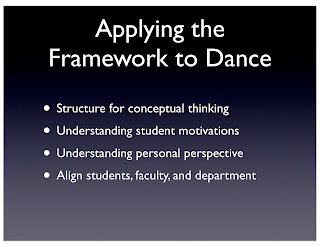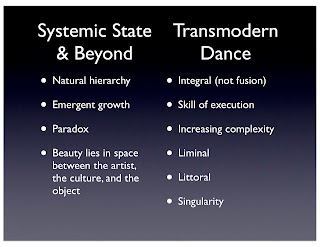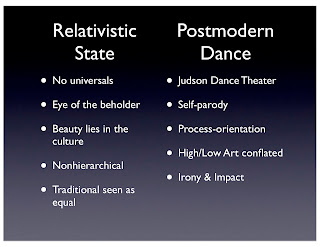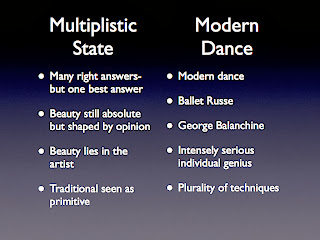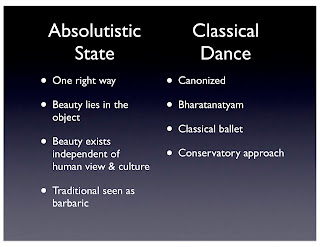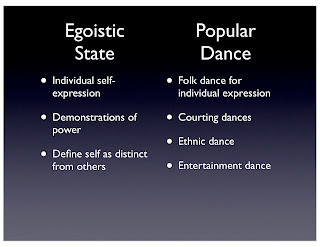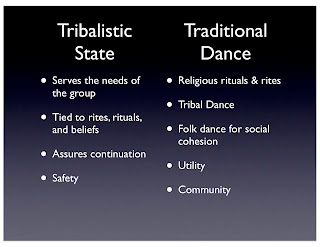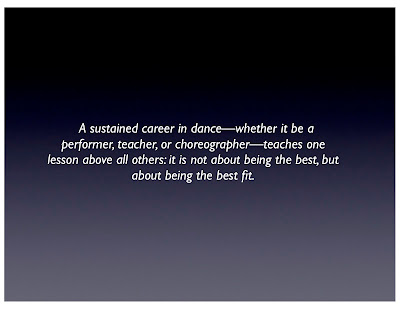In What Way Am I A Buddhist?

In my tagline for this blog I write...”navigating the shifting seas of life as a dance-maker, teacher, and buddhist.” Since different people have different definitions--as well as different (mis)understandings--of what being Buddhist means, it might be helpful (at least for me) to clarify my personal perspective. The teachings of Siddhartha Gautama (a.k.a. the Buddha) have spawned a wide variety of traditions, beliefs, and practices--some religious, some philosophical. From my perspective, I embrace Buddhism as a philosophy, not as a religion. I believe Siddhartha’s original teachings were not meant to be religious or metaphysical. Although, he did allow that an understanding that still included many of the folk traditions, rituals, and myths of the respective cultures was acceptable until a deeper understanding was reached. So, I don’t buy into the magical/mythical/metaphysical attributes to which some traditional Buddhist perspectives adhere. Rather, I see the metaphysical...
